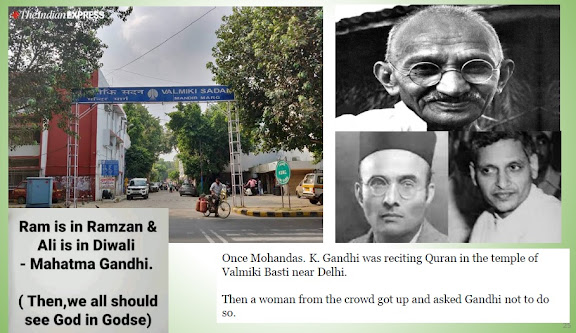HOLI – Tuesday, 10TH March 2020
History
of Holi
Holi was originally a
festival to celebrate the start of Spring, good harvests and fertility of the
land. The first mentions of it date back to a poem from the 4th century.
Holi was described in a
7th century Sanskrit play called "Ratnavali," written by the Indian emperor Harsha.
"Witness the
beauty of the great cupid festival which excites curiosity as the townsfolk are
dancing at the touch of brownish water thrown ... Everything is coloured yellowish red and
rendered dusty by the heaps of scented powder blown all over," wrote Harsha.
Today it is better
known as a symbolic commemoration of a legend from Hindu Mythology.
The story is that
there was once a king who resented his son, Prince Prahlada, worshipping Lord
Vishnu. He tries to murder the prince on several occasions but fails each time.
Finally, the king's
sister Holika who is said to be
immune to burning sits with the boy inside a fire. However, the prince emerges
unhurt, while his aunt burns in the fire and dies.
Holi Dahan remembers this
event, and huge bonfires are burnt on the eve of Holi as a symbolic representation of Holika's cremation.
The festival is also
associated with the eternal love of Krishna and Radha, and hence, Holi is spread over 16 days in Vrindavan as well as Mathura -
the two cities with which Lord Krishna shared a deep affiliation.
Holi is marked by colourful parades accompanied
by folk songs, dances and a general sense of relaxed fun.
E-Touch wishes all
its readers and their family members – Beautiful Colourful Live giving them Joy, Health and Wealth.




Comments